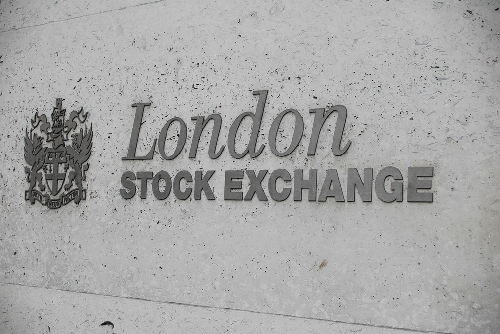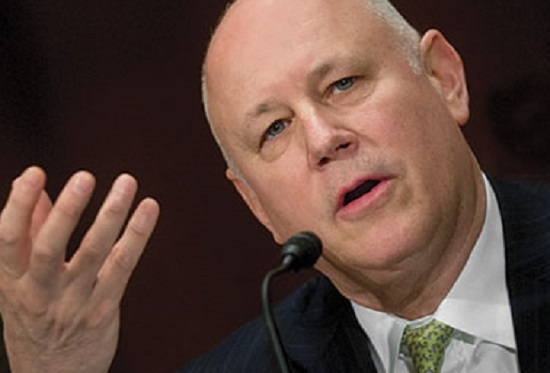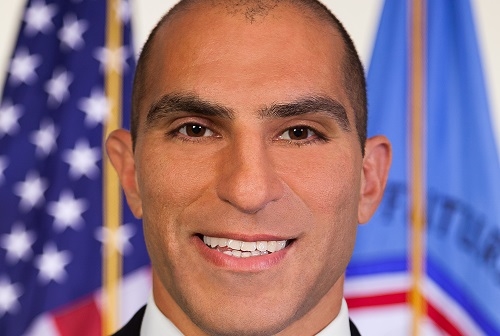LSE Group to close CurveGlobal in January

The LSE Group has said its interest rate futures market CurveGlobal will close in January next year.
The UK exchange group said late on Tuesday the European interest rate futures market, that has been offering free trading to clients for almost a year, will close on Friday January 28.
The exchange said the six of its 11 contracts that have no open interest are suspended from trading with immediate effect while the five derivatives that have open positions will remain available for trading until January 28.
The live contracts are: Curve's three month sterling futures contract; its one million three month sterling future; the three month SONIA future; its one million three month SONIA future; and the Curve three month Euribor future.
CurveGlobal, the LSE's main derivatives venue, competes directly with ICE Futures Europe, the home of UK short-term interest rate futures.
The LSE announcement came ahead of what was seen as a crucial inflection point for the London-based market.
Curve launched at the start of October last year a 12 month incentive scheme offering free trading and cash incentives to proprietary traders in the hope of reversing a slump in trading last year. That scheme was due to run-out at the end of this month.
The London-based exchange saw solid demand for its European interest rate futures through the first half of the year, partly driven by inflationary pressure in the UK and Europe.
Curve chief Andy Ross, the former Morgan Stanley managing director who joined the LSE market six months before it launched in March 2016, welcomed the June 17 2021 date for UK firms to switch to SONIA rather than Libor to price their derivatives.
CurveGlobal volumes hit 858,000 lots in June, driven largely by its three month sterling and SONIA futures contracts. Curve traded a respectable 6.6 million lots over the first six months of this year, an increase of 876% on the same period last year, according to data from trade body FIA.
The fear, however, was the increased demand was from prop traders and market-makers taking advantage of the free trading and cash incentives, and this flow would dry-up as soon as the scheme neared expiry.
Found this useful?
Take a complimentary trial of the FOW Marketing Intelligence Platform – the comprehensive source of news and analysis across the buy- and sell- side.
Gain access to:
- A single source of in-depth news, insight and analysis across Asset Management, Securities Finance, Custody, Fund Services and Derivatives
- Our interactive database, optimized to enable you to summarise data and build graphs outlining market activity
- Exclusive whitepapers, supplements and industry analysis curated and published by Futures & Options World
- Breaking news, daily and weekly alerts on the markets most relevant to you



